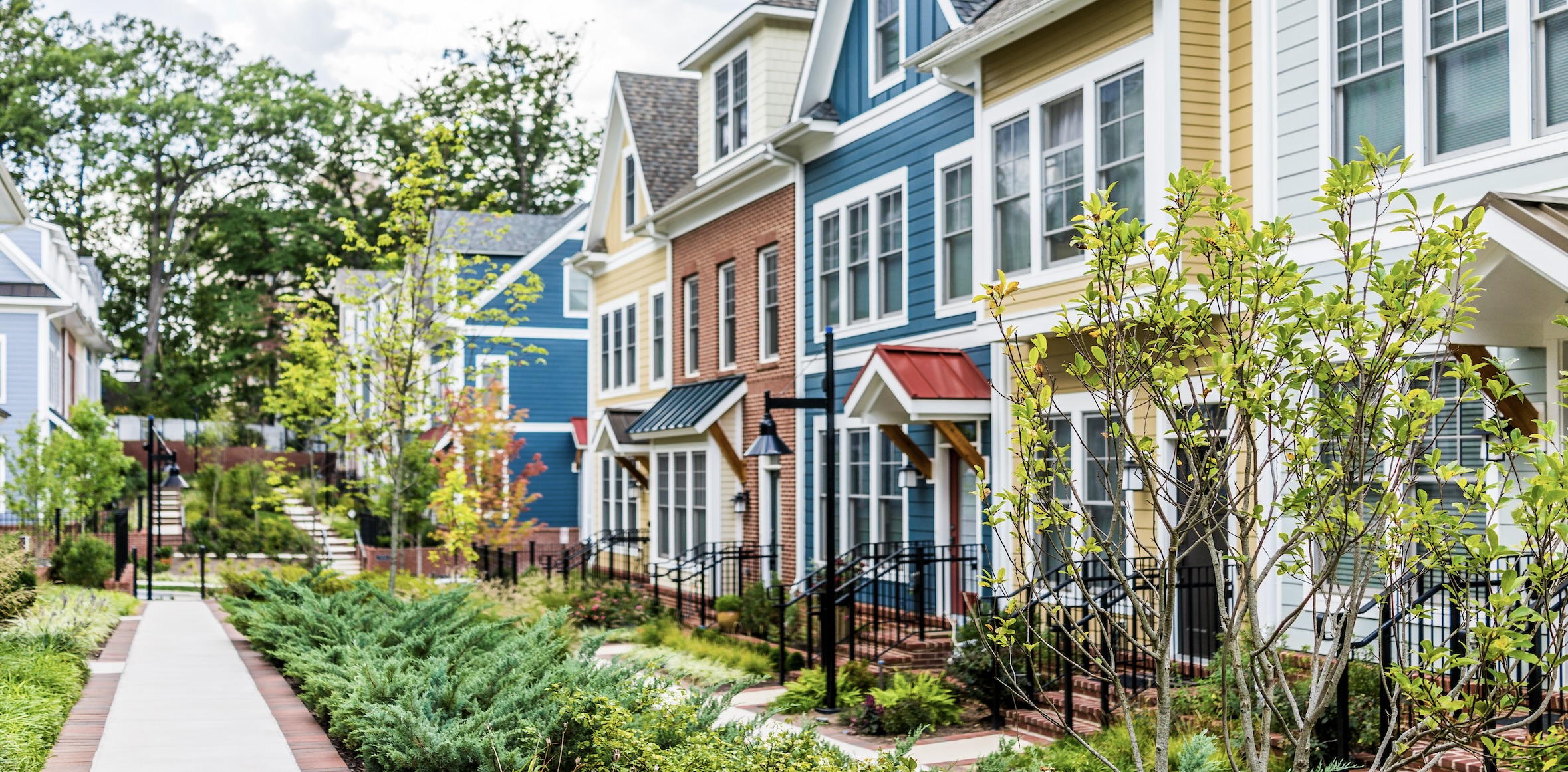California still leads the nation with the highest level of in-migration from the Asian American and Native Hawaiian/Pacific Islander (AANHPI) community, but throughout the past year, members of this population have been relocating elsewhere across the U.S. – predominantly into Western states – in search of a more affordable cost of living, including housing.
These insights and more were revealed in the 2024 State of Asia America Report by the Asian American Real Estate Association of America (AREAA), a comprehensive annual look at the state of housing throughout the AANHPI community.
“For years, AREAA and the State of Asia America Report have been crucial for sharing both the data and the story of the AANHPI community. This year’s report focuses on the journey of coming to America, a journey that can take many different shapes,” says Jamie Tian, the 2024 AREAA National President. “The AANHPI community brings together individuals from an incredibly diverse set of countries and cultures, and each experience is unique.”
2024 AREAA State of Asia Report
The report is created in partnership with RE/MAX and Freddie Mac.
“Dive into this invaluable tool and apply the insights to build deeper community, shape your business, and advance the industry. The report can give you a clear competitive edge – and help establish or strengthen your reputation as a professional who stands above the crowd,” Abby Lee, RE/MAX Senior Vice President, said in the report’s foreword.
“As you serve the AAPI community and guide families and individuals through one of life’s biggest experiences, know this: AREAA and RE/MAX are very much aligned in supporting your efforts to build sustainable homeownership opportunities for all. Together, we can continue to open doors and change lives.”
An overview of the report’s findings
AREAA explores the concept of the “American Dream,” and where it stands today in terms of attainability. A study featured in the report reveals that 45% of Asian American adults feel as though they are on their way to achieving their iteration of the American Dream.
“One of the core aspects of the American Dream is owning a home. A place where you can feel safe, raise a family, build a life, and host awesome cookouts. It’s been the subject of years of policy, references in media, and is one of the most ubiquitous signs of wealth and success in this country,” the report says. “But for many, this has become increasingly out of reach. Housing affordability and the share of first-time homebuyers are both near historic lows.”
Latest data shows the general rate of AANHPI homeownership in the U.S. at 63.2%, up 6% since 2012. That said, the AANHPI community sees a wide homeownership gap correlated to income. The report cites income inequality to be the greatest among the AANHPI community, compared to other racial and ethnic populations.
“Many Asian immigrants have higher levels of education than native-born Americans and settle in at the top of the income distribution. At the same time, the Asian immigrant population includes many with lower levels of education and income. That brings us to consider, what about the middle-income Asians? According to Freddie Mac’s data below, the widest homeownership gap exists in the middle-income range.”

image-20240102-034052
Language barriers, limited generational wealth, and shorter credit histories are cited as reasons for homeownership inaccessibility among middle-income-earning members of the AANHPI community. A noteworthy fact is that as of 2020, more than 612,000 Asian-owned businesses were operating across the U.S., collectively employing roughly 5.2 million people. AANHPI individuals own more businesses throughout the country than all other minority groups.
“AREAA has long advocated or expanded tax and financing solutions for small businesses, as easing barriers would help middle-income AANHPIs grow their wealth, and be more prepared to make significant home purchases,” the report explains.
How location impacts real estate affordability
Across the U.S., cost of living greatly varies from place to place. The three states with the highest density of the AANHPI population are California (with a sizable lead), New York and Texas.
Though California is home to more than 7.3 million AANHPI individuals – nearly double the quantity of AANHPI people in New York and Texas combined – 2023 saw 46,300 members of the AANHPI community migrate to Washington alone. Fellow Western states Nevada, Colorado, and Arizona saw a sizable influx of migration from this cohort, who were likely seeking better affordability.
According to AREAA, the majority of AANHPI individuals, including those who live in poverty, live in high-cost areas, such as New York City and Los Angeles.
“Of the [top five metropolitan statistical areas for credit-visible AANHPIs], Dallas-Fort Worth-Arlington is the only location that has median affordability. It takes 3.9 years for a median income family in [New York City] to save for a 3% down payment and 6.4 years in Los Angeles,” the report says.
Housing affordability and attainability can also vary by AANHPI subgroups, according to the report’s disaggregated data. For example, Vietnamese Americans have the highest rate of homeownership among the subgroups at 70%. Chinese Americans have a homeownership rate of 66.2% and Korean Americans have a rate of 54.5%.
Therein lies one of the many essential elements of the report: understanding AANHPI data on local and national levels, as well as how various subgroups have unique circumstances that influence their access to housing.
To learn more about the state of housing for the AANHPI community and the role AREAA plays in advocating for sustainable homeownership, download the full 2024 State of Asia report.
Recommended For You
Culture & Community| Report: U.S. Hispanic Homeownership Has Risen to Nearly 50%
Get RE/MAX News delivered to your inbox! Sign up for News Alerts in the footer below.







